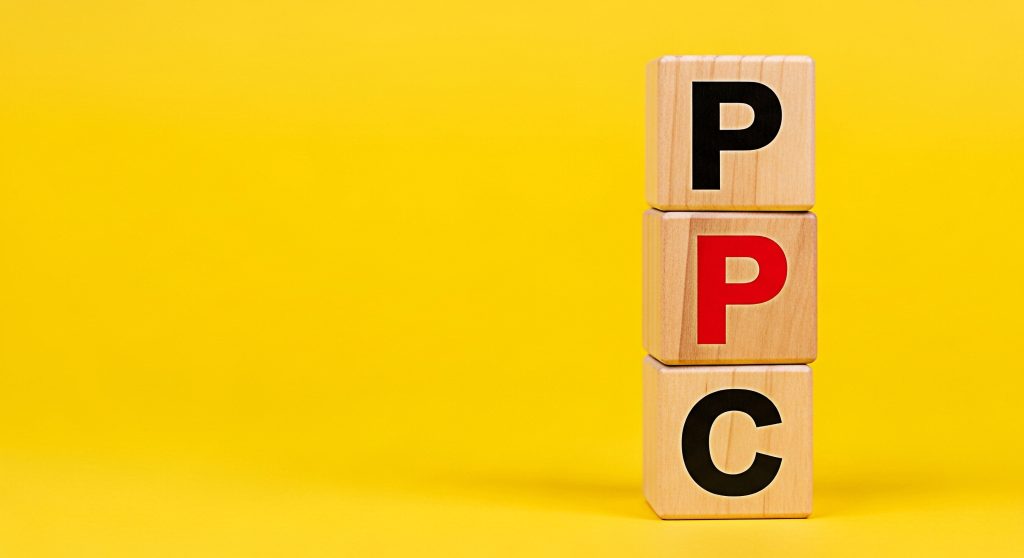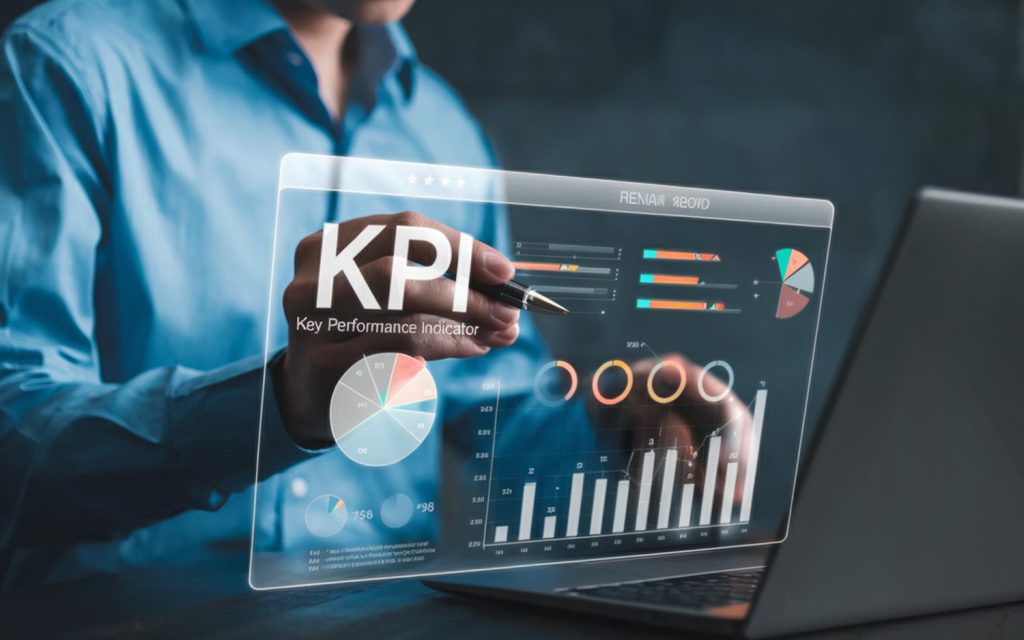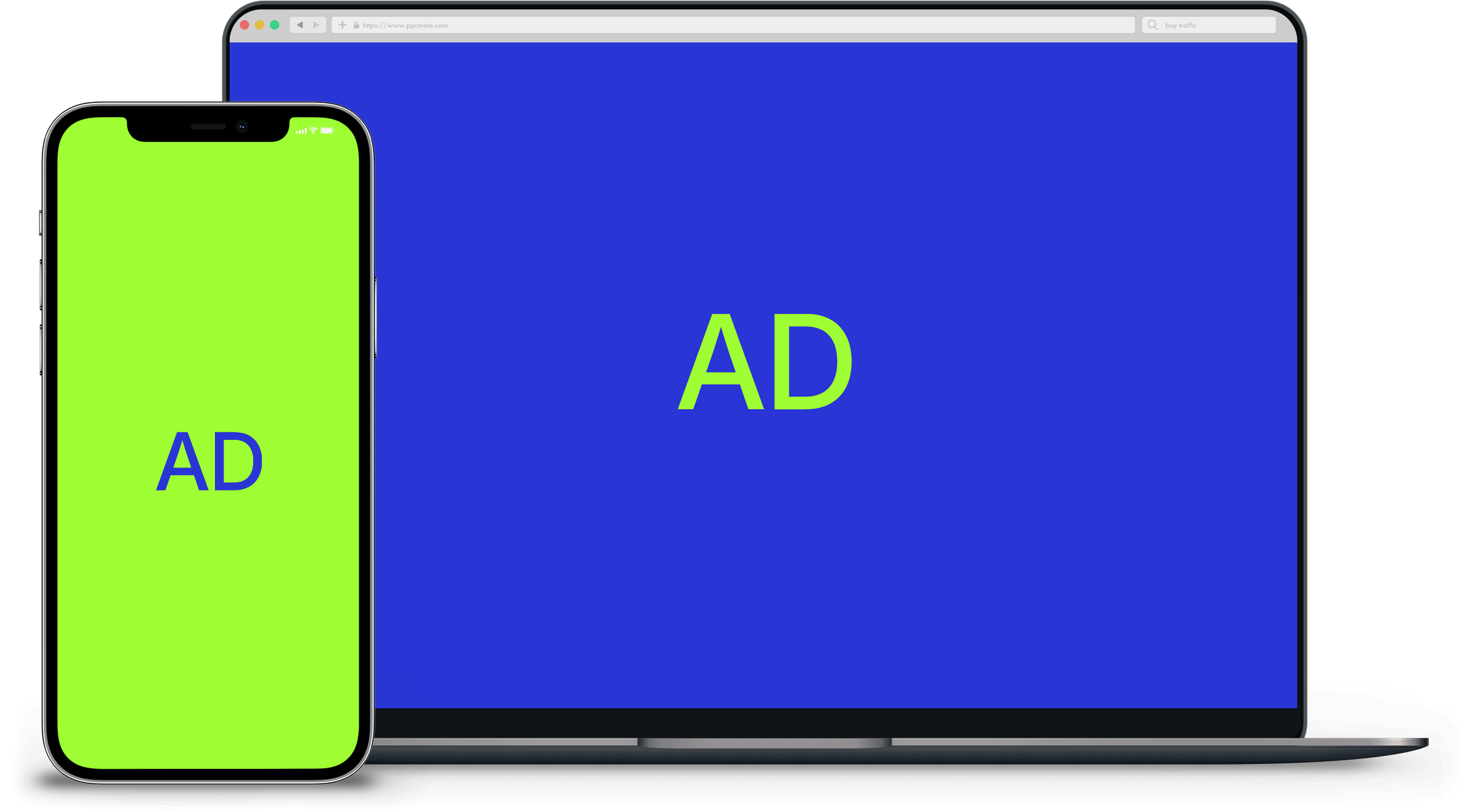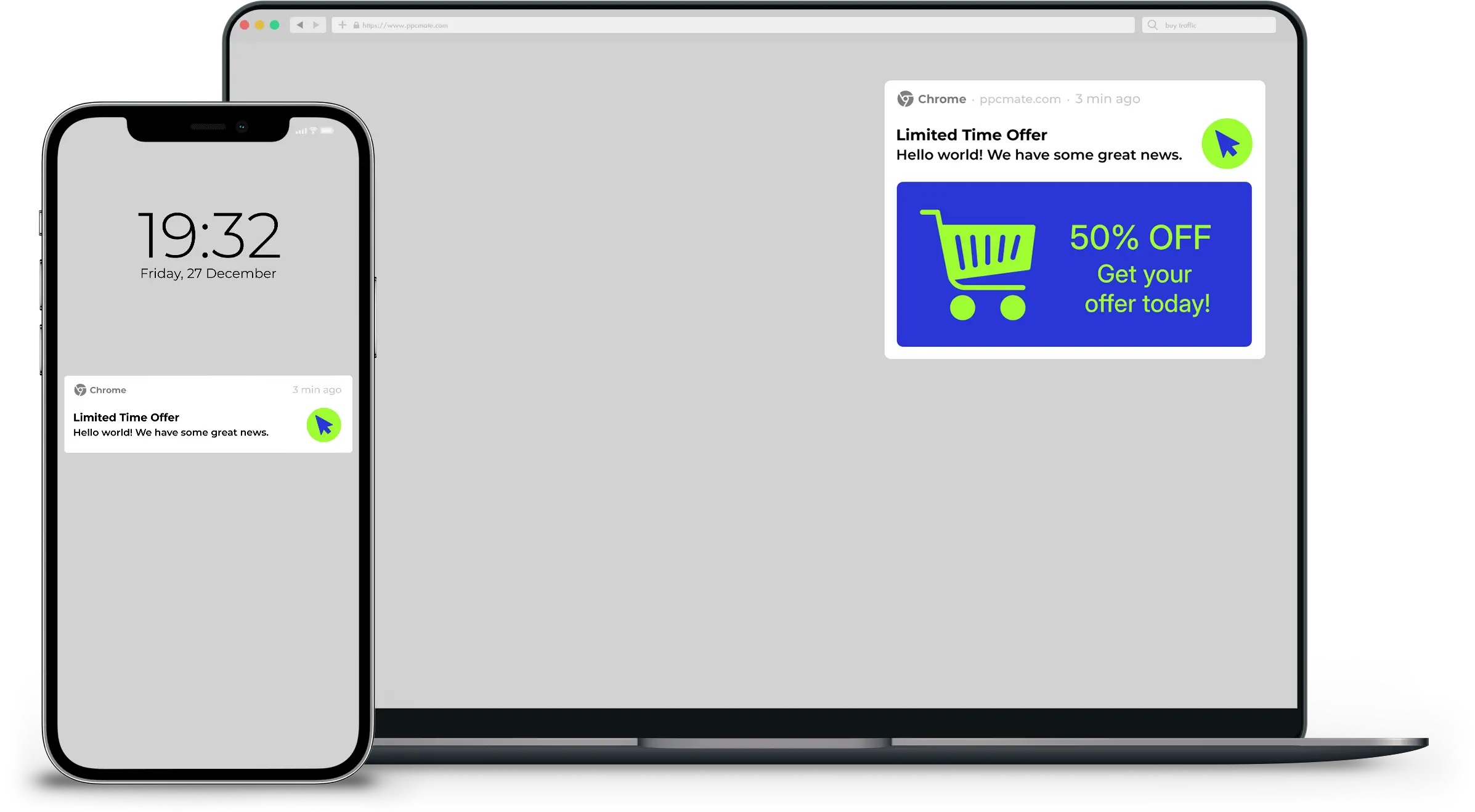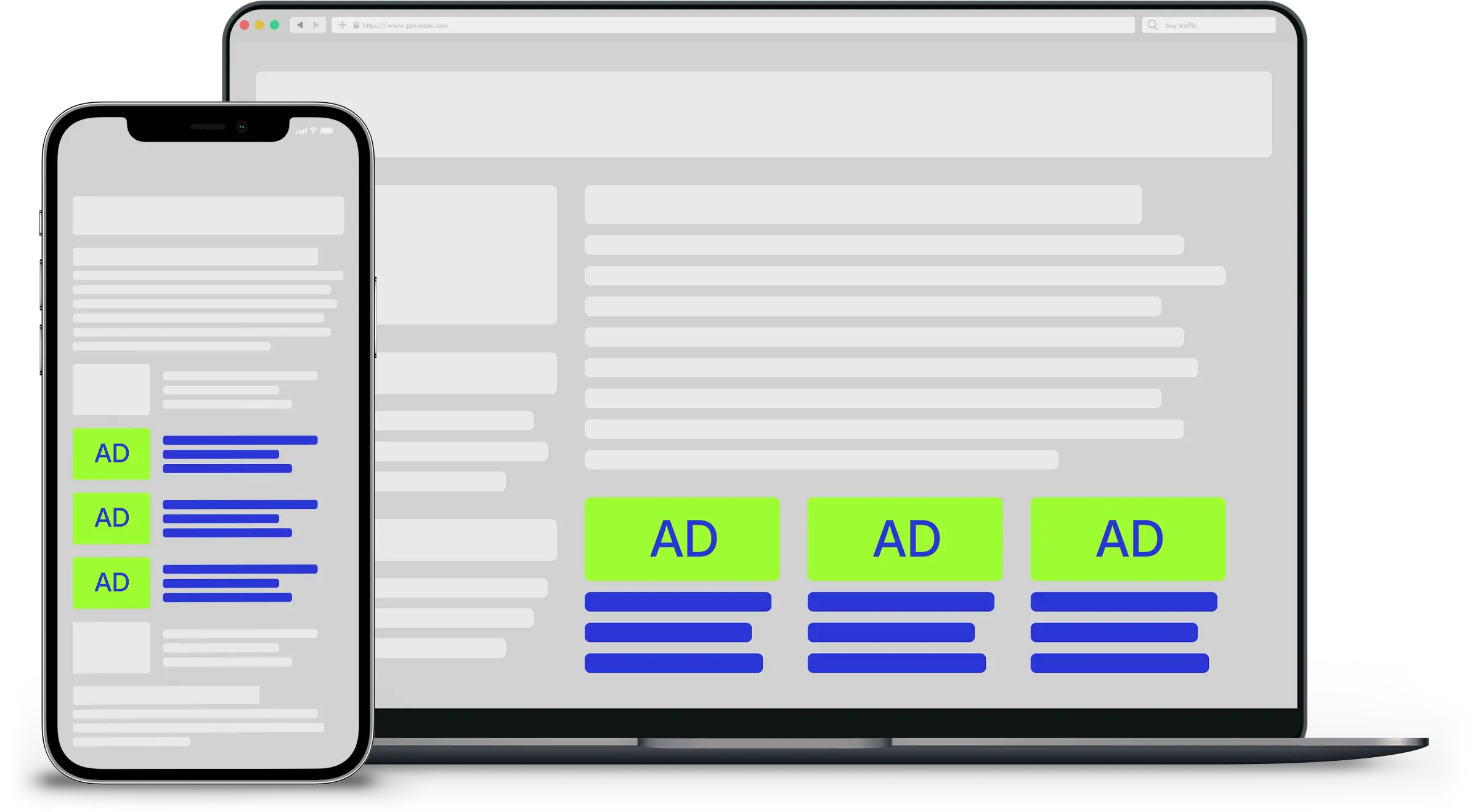With organic results becoming less visible in some sectors, there is a clear reason for retailers to focus more on optimising paid search.
So let’s take a look at some of the most important PPC tips for online retailers:
1. Segment campaigns
Google Shopping and AdWords allow you to bid at product or keyword level,though this is a feature that many advertisers fail to adopt.
It is particularly important for retailers to segmentGoogle Shopping campaigns to the finest level possible, because inventory can be seasonal and individual items have different bidding values.
For example, let’s look at ‘women’s clothes’. You can create a single ad group containing all women’s clothes ads, though this could easily lead to poor performance.
A better tactic would be to segment your products into groups such as ‘blouses’ ‘jackets’, ‘trousers’ ‘shorts’ etc.
Doing this will allow you to have more control over bids. For example, this will enable you to bid according to seasonality.
This could be taken a step further though: it’s possible to bid for each individual product, so if you know that yellow shorts sell better than the green ones, you can adapt your bids accordingly.
2. Look at environmental factors
When reviewing campaign performance, it’s tempting to focus on the reasons why you are not making sales, but perhaps you should also be looking at when your campaigns are performing their best?
You may find that your sales can be influenced by environmental factors such as the time of the day, the device used by customers or the weather, to which you can also adapt your bidding strategy.
3. Use geographic bid modifiers
For AdWords and Google Shopping campaigns, consider implementing geographic bid modifiers.
Do you only deliver to a certain region? If so, restrict who can see your ads. Are there some areas that convert better than others? Bid up for these!
4. Use ad customisers
Resubmitting ads for review can take time and time costs money.
However, Ad Customisers allow you to create an ad template containing variables from where a feed automatically updates the template. This avoids the need to go through the approval process.
5. Find your USP
The description text in AdWords allows you to add a little something extra to your campaigns.
Many advertisers tend to focus on the product or category at hand, but you can also focus on your unique selling point (USP) to stand out from your competition.
Free delivery is almost a standard feature these days, so consider focusing on shipping times for example.
6. Add negative keywords
This is an important part of campaign management. It helps you to refine your audience and ensure that you get more qualified clicks, and it can also help to revise your bidding strategy.
Using negative keywords to separate brand and non-brand traffic, for example, allows you to bid higher on branded products. In this way, you’re focusing on users that are higher up the conversion funnel.
7. A separate strategy for campaigns on desktop
You can make an exact copy of your existing desktop campaign and set it for mobile. The first one will be -100% mobile bids, meaning that it is purely for desktop and tablets, while you set mobile bids in the second campaign.
Tip: Experience shows that ads on mobile tend to be a bit cheaper than those on desktop, so it may not be necessary to bid so high.
8. Provide a personalised experience
While RLSA has been available in AdWords for some time, the feature was only added to Google Shopping in October 2015.
This is good news for retail advertisers as personalisation is becoming a necessary part of PPC strategies.
In particular, recent research from Quantcast shows that 37% of consumers expect adverts received on mobile phones to be more relevant than those on other devices. This means that it is advisable to use RLSA to target different audiences: cart abandoners, users that viewed specific products or pages, purchasers etc.
Personalisation in particular is becoming an important aspect in optimising PPC campaigns for ecommerce. However with a lack of knowledge and time as serious set-backs for a large amount of online retailers, advanced solutions are helping them to not only provide a personalised experience, but to do so in real time, according to a user’s different stages in the buying funnel.
___
by Mark Haupt
source: ClickZ

